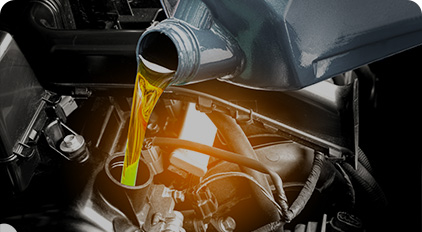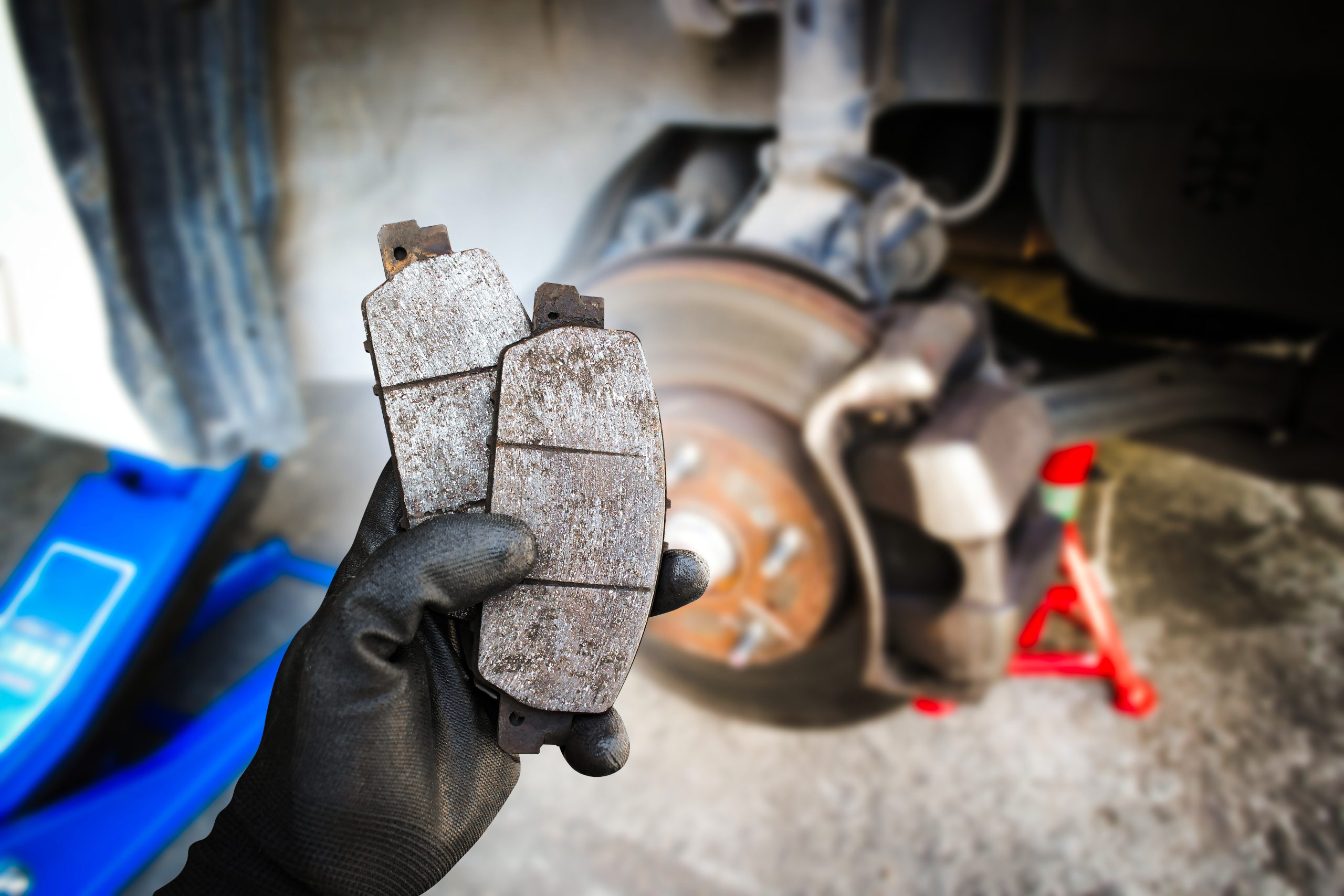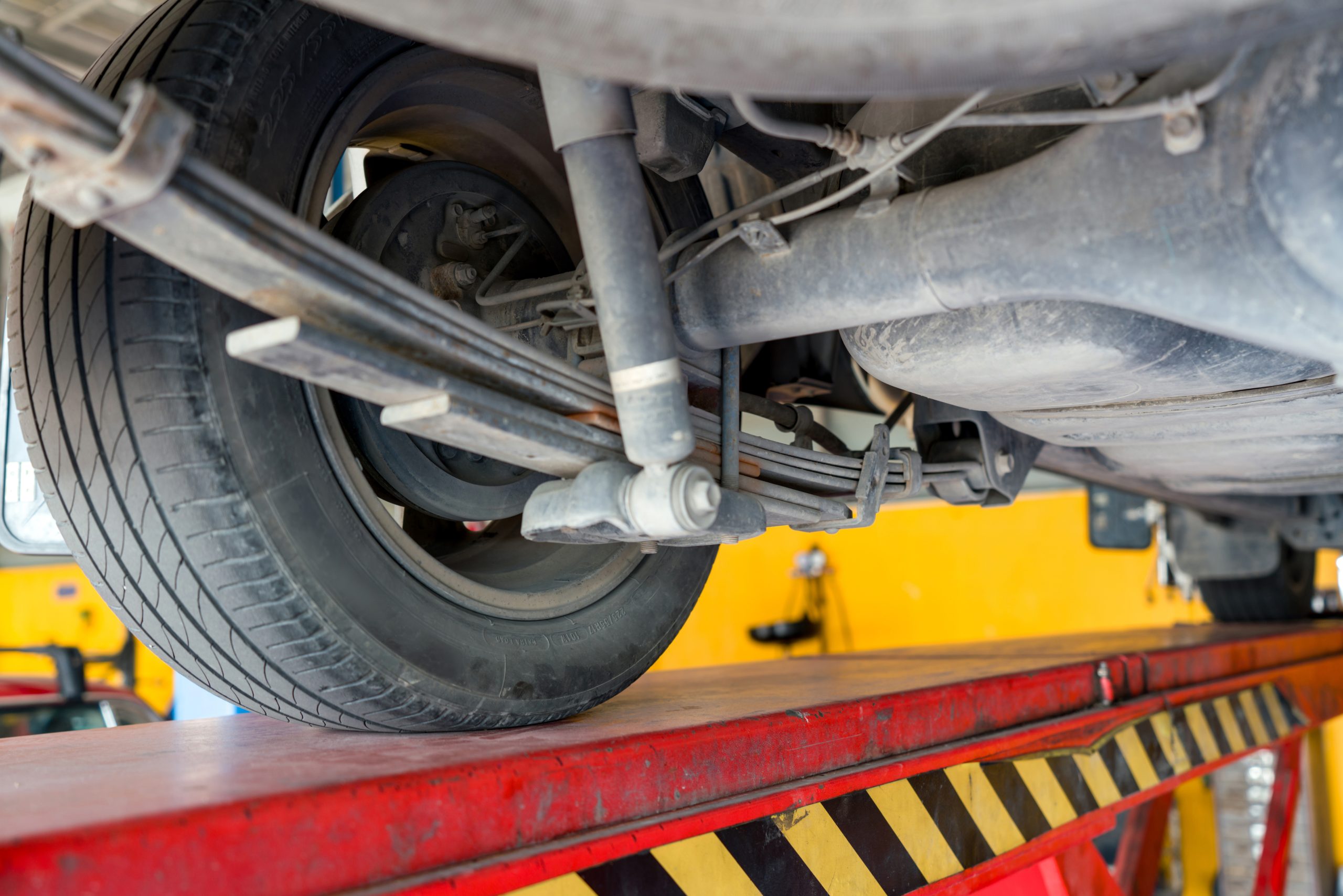What is a full vehicle service?
A full vehicle service, often referred to as a “major service” or “comprehensive service,” involves a thorough inspection, maintenance, and potential replacement of various components of your vehicle to ensure its optimal performance, safety, and longevity.
What happens during a full vehicle service?
- Visual Inspection: A technician will visually inspect various components of your vehicle, including the engine, transmission, brakes, suspension, steering, tires, lights, belts, hoses, and fluid levels. They’ll look for signs of wear, damage, leaks, or other issues that may require attention.
- Fluid Check and Change: The technician will check the levels and condition of essential fluids, including engine oil, transmission fluid, coolant, brake fluid, power steering fluid, and windshield washer fluid. They may top off fluids that are low and recommend changing fluids that are dirty or degraded.
- Oil Change: If it’s been some time since your last oil change, the technician will drain the old oil, replace the oil filter, and refill the engine with fresh oil of the appropriate type and viscosity.
- Filter Replacement: In addition to the oil filter, the technician may replace other filters, such as the air filter, cabin air filter, and fuel filter, depending on the manufacturer’s recommended service intervals.
- Brake Inspection and Service: The technician will inspect the brake system, including the brake pads, rotors, calipers, and brake lines, for signs of wear or damage. They may clean and lubricate brake components, adjust brake calipers, or recommend replacing brake pads or rotors if necessary.
- Tire Inspection and Rotation: The technician will inspect the condition and tread depth of your tires. They may rotate the tires to ensure even wear and recommend replacing tires that are worn or damaged.
- Suspension and Steering Inspection: The technician will inspect the suspension and steering components for signs of wear, damage, or looseness. They may recommend replacing worn components, such as shocks, struts, ball joints, tie rods, or bushings.
- Battery and Electrical System Check: The technician will test the battery’s voltage and inspect the electrical system for any issues, such as corroded terminals or loose connections. They may clean terminals, tighten connections, or recommend replacing the battery if necessary.
- Safety System Inspection: The technician may also inspect safety systems, such as the lights, windshield wipers, horn, and seat belts, to ensure they are functioning correctly.
- Diagnostic Scans: Depending on the vehicle’s age and complexity, the technician may perform diagnostic scans to check for any stored error codes in the vehicle’s computer system and address any issues identified.
- Recommendations: Based on their inspection findings, the technician will provide recommendations for any necessary repairs or maintenance services and discuss them with you before proceeding.
Why it matters
A full vehicle service is an essential part of vehicle maintenance and helps keep your vehicle running smoothly, efficiently, and safely. It’s generally recommended to have a full service performed at regular intervals, typically every 12 months or 12,000 to 15,000 miles, but you should always refer to your vehicle’s owner’s manual for the manufacturer’s recommended service intervals.




